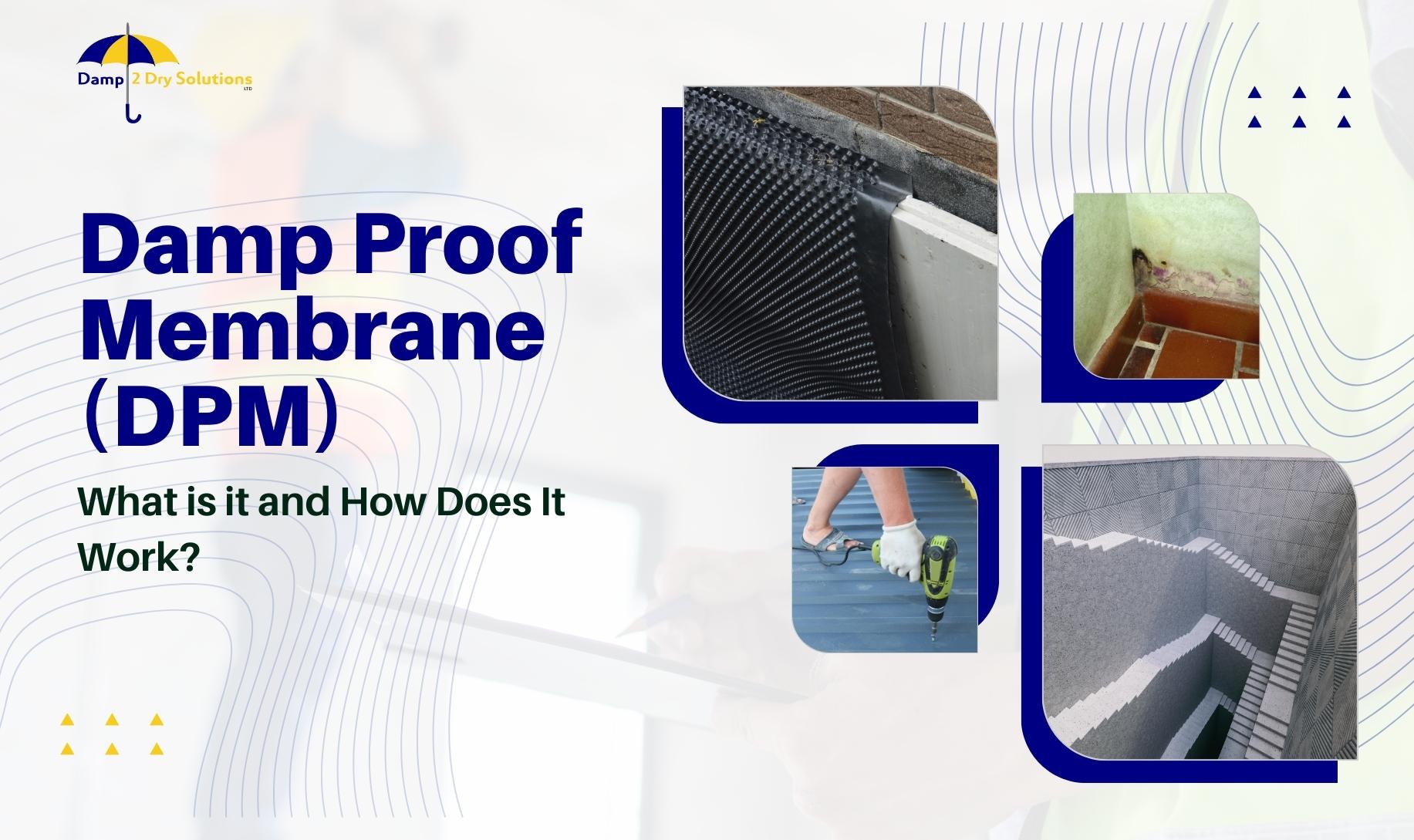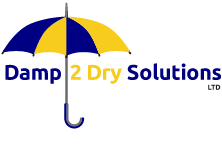
Have you ever wondered what a damp proof membrane is and how it works? If you are a homeowner, a builder, or a renovator, you might have encountered this term before.
A damp proof membrane (DPM) is a vital component of any building that protects it from moisture and dampness.
In this blog post, we will explain what a DPM is, why DPM important, and how damp proof membrane works.
What is a Damp Proof Membrane?
A damp proof membrane (DPM) is a type of membrane material that is used to prevent dampness from occurring through capillary action. DPM often used underneath a concrete floor to stop it from gaining moisture.
A damp proof membrane can also be placed above the concrete in the walls in conjunction with a damp proof course (DPC).
Why You Need Damp Proof Membrane (DPM) in Place
Damp proof membrane material prevents moisture from penetrating the floor or walls of a building. Damp Membrane usually made of polyethylene, bitumen, or other synthetic materials that are resistant to water. DPM is an essential part of any construction project, as it protects the structure from damp problems that can compromise its integrity and appearance.
A damp proof membrane is important because it protects the building and its occupants from the harmful effects of dampness.
There are three types of damp problems that can occur in your property – these are rising damp, penetrating damp, and condensation. If not treated within a sufficient amount of time, these can cause serious damage to the infrastructure of the building. Dampness can cause various problems, such as:
- Structural damage: Dampness can weaken the concrete, wood, or metal structures of the building and cause cracks, rot, or corrosion.
- Health risks: Dampness can create a breeding ground for mould, fungi, bacteria, or insects that can cause allergies, asthma, infections, or diseases.
- Aesthetic issues: Dampness can ruin the appearance and comfort of the building by creating stains, odours, or cold spots.
How Does a Damp Proof Membrane Work?
A damp proof membrane works by creating a waterproof or moisture-resistant barrier that stops the movement of water or water vapour. There are different types of Damp proof membranes, such as:
Plastic sheeting
Plastic membrane is the most common type of DPM. These types of damp proof membranes are made from recycled materials, such as polyethylene or polypropylene, and comes in various colours, sizes, and thicknesses.
Plastic sheeting is easy to handle and install, and can be cut, folded, or taped to fit any shape or size. Plastic sheeting is also durable and resistant to punctures, tears, or chemicals.
Liquid membrane
This is a type of DPM that is applied as a liquid coating on the surface of the concrete or the wall. It can be made from rubber, bitumen, or resin, and can be sprayed, rolled, or brushed on. Liquid membrane is flexible and can adapt to the contours of the surface. It can also be coloured or textured to match the desired finish.
Breathable membrane
This type of DPM allows water vapour to pass through, but not liquid water. It can be made from synthetic or natural fibres, such as polyester or wool, and can be woven or non-woven. Breathable membrane is often used on sloping roofs with low water permeability courses, as it prevents condensation and improves ventilation.
The Damp Proofing Membrane Installation Process
The installation process of a damp proofing membrane depends on the type and location of the membrane. Generally to install a damp proof membrane, follow these steps
Step 1: Prepare the surface
The surface should be clean, dry, and free of any cracks, holes, or debris. Any existing dampness should be treated and cured before applying the damp membrane.
Step 2: Apply the membrane
The wall membrane should be cut to size and laid over the surface, ensuring that there are no gaps or overlaps. The membrane should be fixed to the surface using nails, screws, adhesive, or tape, depending on the type of membrane and the manufacturer’s instructions.
Step 3: Finish the surface
The damp proof membrane material should be covered with a suitable finish, such as plaster, screed, or tiles, to protect it from damage and provide a smooth and attractive appearance.
Installing a DPM in place requires professional expertise and equipment, as it involves preparing the surface, laying the membrane, sealing the joints, and finishing the floor or wall.
Before You Leave
As you can see, a damp proof membrane is an essential part of any building that prevents dampness and its associated problems. Whether you choose plastic sheeting, liquid membrane, or breathable membrane, you need to make sure that your DPM is installed correctly and maintained regularly.
If you have any questions or need any advice on damp proofing your property, feel free to contact us today. We are happy to help you with your damp proofing needs.
